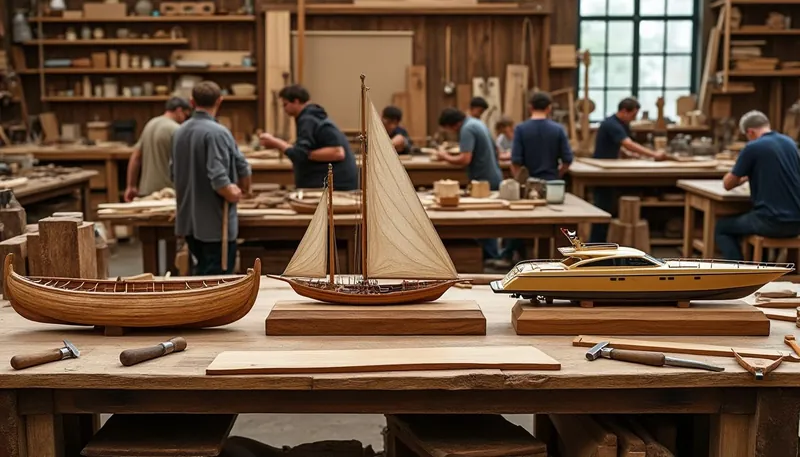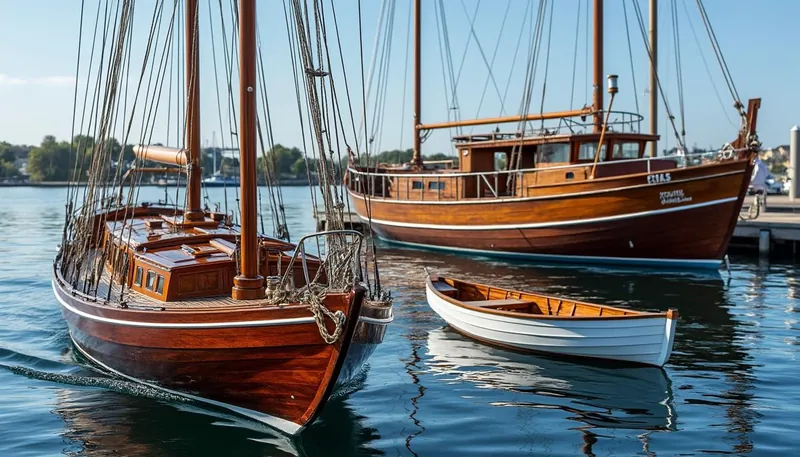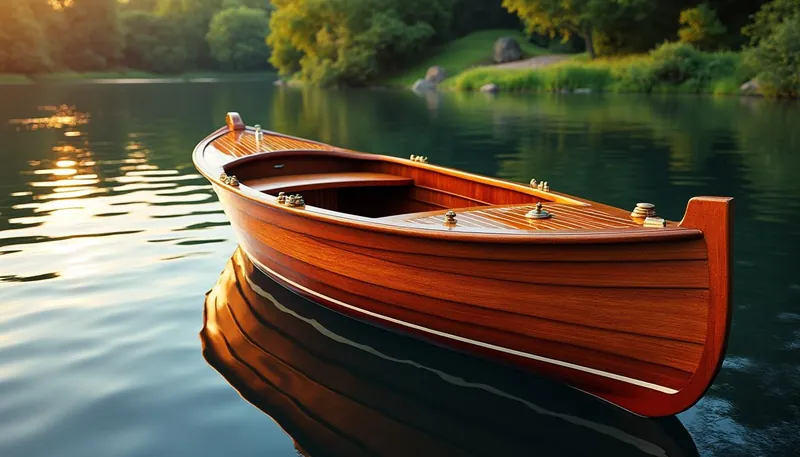The craftsmanship of wooden boats is not simply a skill set; it is a journey through time, an intricate tapestry woven with history, culture, and artistry. From ancient rafts that floated down the rivers to the majestic yachts that grace the oceans today, wooden boat craftsmanship has evolved dramatically, adapting to changing technologies and societal needs. Each piece of wood tells a story, representing the tradition of craftsmanship handed down through generations. Modern artisans are now blending these time-honored techniques with contemporary technologies to create vessels that are not only functional but also masterpieces of design. This evolution reflects the interplay of tradition and innovation, making wooden boats a fascinating subject for any enthusiast.
Boats are vital to human civilization, serving as vessels for trade, exploration, and leisure. In recent years, there has been a resurgence of interest in traditional wooden boat building, spurred by a desire for sustainability and a return to craftsmanship. As the world increasingly embraces digital conveniences, many are seeking out tangible craftsmanship as a counterpoint, with wooden boats representing this longing for connection to nature and heritage. This article explores the transformation of wooden boat craftsmanship over time, shining a light on its evolution through various historical periods, iconic craftsmen, and modern innovations.
Brief
- Wooden boat craftsmanship has ancient roots, dating back thousands of years.
- Renowned craftsmen like Nathanael Herreshoff and William Fife shaped the course of yacht design.
- The craft features a diverse selection of woods, each with unique properties for boat building.
- Traditional techniques are merging with modern technologies for improved sustainability.
- Wooden boats are experiencing a renaissance, showcasing the artistry and craftsmanship of aged traditions.
The Historical Roots of Wooden Boat Craftsmanship
The history of wooden boat craftsmanship is a fascinating narrative that begins with ancient civilizations. Long before the advent of the industrial age, people relied on wooden boats for transportation, trade, and fishing. The earliest boats, such as the simple dugouts made from hollowed-out tree trunks, provide a glimpse into the ingenuity of our ancestors. Over time, techniques continued to evolve, leading to more elaborate designs and construction methods.
- The ancient Egyptians created riverboats for trade along the Nile, using wood and rope to form sturdy vessels.
- The Greeks built triremes, warships notable for their speed, maneuverability, and advanced design.
- Viking longships, with their shallow draught and symmetrical bow, were perfect for navigating both oceans and rivers.
By the Middle Ages, wooden boats were common across various cultures, and shipbuilders began to experiment with different construction techniques. Clinker-built boats featured overlapping planks for increased hull strength, while carvel construction involved smooth planks riveted together, enhancing buoyancy and aesthetics. This period saw the rise of fishing vessels, merchant ships, and exploration crafts essential for global trade.
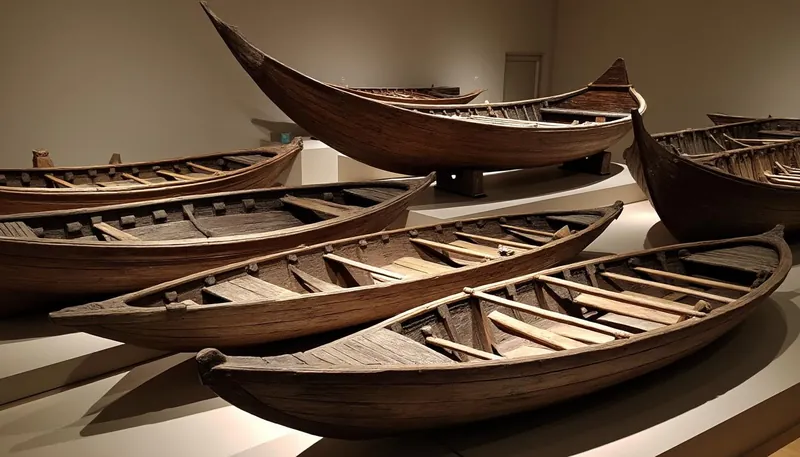
The design innovations continued through the Renaissance, leading to the age of sail. The development of clipper ships in the 19th century marked a turning point as boat builders focused on speed, which became essential for the lucrative tea trade. The shipbuilding industry thrived, giving rise to renowned companies that would shape the maritime landscape.
The Influence of Iconic Craftsmen on Wooden Boat Design
Throughout the centuries, numerous craftsmen have contributed to the art of wooden boat building, leaving an indelible mark on the industry. Take Nathanael Herreshoff, for example. His designs transformed the America’s Cup yachts, bringing together speed and elegance. His famous yacht, Reliance, epitomized the pinnacle of wooden boat craftsmanship, showcasing innovation alongside aesthetics.
| Craftsman | Era | Notable Contributions |
|---|---|---|
| Nathanael Herreshoff | Late 19th – early 20th century | Designed iconic America’s Cup yachts, marrying speed and beauty |
| William Fife III | Late 19th – early 20th century | Created elegant and speedy yachts still cherished today |
| Steve Smith | Modern | Focus on eco-friendly materials and innovative designs |
| Joel White | Modern | Renowned for classic designs and meticulous craftsmanship |
| Martin Skanberg | Modern | Unique designs and traditional materials, award-winning craftsmanship |
Modern craftsmen are now picking up where these legends left off, infusing their builds with historical references while simultaneously adopting new technologies to enhance sustainability. Artisans today, like Richard Hare and Martin Skanberg, strive to combine vintage methods with contemporary materials and designs, ensuring the legacy of wooden boats continues to thrive.
Crafting Elegance: The Selection of Wood in Boat Building
One of the most critical aspects of wooden boat craftsmanship is the choice of wood. The right type of wood can greatly influence the durability, appearance, and overall performance of a vessel. Commonly utilized woods include oak, teak, mahogany, and cedar, each selected for their unique qualities.
- Oak: Renowned for its strength and resilience, oak is often used in framing and hull construction.
- Teak: Its natural oils make teak resistant to rot, which is why it’s favored for decks and trim.
- Mahogany: Known for its beauty and workability, mahogany provides a rich appearance and is often used in fine furniture yacht interiors.
- Cedar: Its lightweight and rot-resistant properties make cedar an ideal choice for smaller boats, along with its appealing aroma.
In recent years, sustainable practices have gained traction in boat building. Many artisans now prioritize using reclaimed wood or sourcing their materials from responsibly managed forests, ensuring that their craft contributes to environmental conservation. This shift not only respects traditional craftsmanship but also meets modern demands for sustainability.
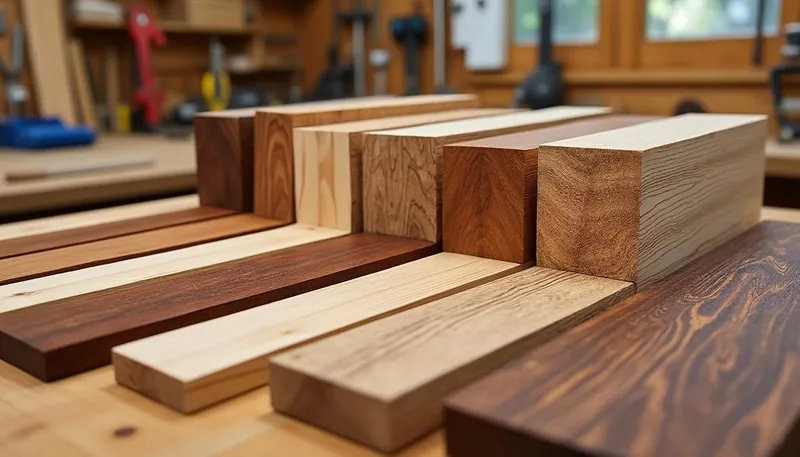
The Techniques and Skills Behind Creating a Wooden Boat
Wooden boat craftsmanship encompasses an array of skills ranging from designing and joining techniques to finishing and restoring vintage vessels. By employing tools such as planes, chisels, saws, and adzes, builders shape the wood and fit pieces together to form a sturdy hull.
| Technique | Description |
|---|---|
| Mortise and Tenon | A traditional joint where a square hole (mortise) is cut into one piece, and a matching piece (tenon) fits tightly into it. |
| Dovetail Joint | A woodworking joint known for its resistance to being pulled apart, often used in furniture and boat cabinetry. |
| Lap Joint | Two pieces of wood overlapping, secured with fasteners; common in hull construction. |
| Planking | Attaching individual planks to create the boat’s hull, often seen in both clinker and carvel building styles. |
| Caulking | A method to seal seams between planks, improving waterproofing and overall durability. |
The combination of these skills allows craftsmen to create boats that are not only functional and durable but also aesthetically pleasing. Each detail matters—from the initial selection of the wood to the final finishing touches, where sandpaper and varnish give the craft its stunning appearance.
As we embrace 2025, the maritime world is seeing a combination of traditional methods and cutting-edge technology. Today’s craftsmen have the unique opportunity to merge the old with the new, resulting in enhanced stability, efficiency, and sustainability in wooden boat design. For instance, computer-aided design (CAD) software allows boat builders to optimize their plans before any wood is cut, while modern adhesives and composite materials provide alternative options for construction.
- Eco-friendly Materials: Increasingly, builders are sourcing bamboo and other sustainable materials, which not only reduce environmental impact but are also lightweight and durable.
- Hybrid Technologies: Some artisans are incorporating electric propulsion systems into their wooden boats, marrying traditional craftsmanship with modern innovations.
- Advanced Coatings: New finishes offer improved water repellency and longevity for a boat’s exterior, enhancing its appearance and reducing maintenance.
Furthermore, wooden boats are seeing a renaissance among recreational boaters and collectors, driving demand for craftsmanship that emphasizes not just utility but artistry. Companies like Riva, Hinckley, and Chris-Craft continue to offer wooden models that celebrate classic designs while integrating modern conveniences. These boats often become symbols of style and luxury, representing the pinnacle of craftsmanship and dedication to timeless design.
The Future of Wooden Boat Craftsmanship
Undoubtedly, the future of wooden boat craftsmanship is bright. While traditional skills may seem to be at risk of fading, the increasing interest in sustainable practices and handcrafted goods indicates a potential revival. Enthusiasts are now more than ever drawn to the artistry and individuality of wooden boats, moving away from mass-produced options.
| Future Trends in Wooden Boat Craftsmanship | Description |
|---|---|
| Sustainable Crafting | The push for eco-friendly practices continues, with more emphasis on renewable materials and reducing waste. |
| Focus on Artistry | Custom designs and intricate details are becoming more prevalent, catering to unique styles and preferences. |
| Community Engagement | Workshops and programs cultivate a new generation of boat builders, sustaining the craft’s legacy. |
| Technological Integration | Advancements in materials and methods contribute to safer and more efficient vessel designs, bridging the gap between tradition and innovation. |
This dynamic evolution in wooden boat craftsmanship confirms that as long as there are passionate artisans and dedicated enthusiasts, the beauty and creativity of wooden vessels will endure, navigating both the rivers of history and the seas of the future.
What types of wood are best for boat building?
The best types include oak for strength, teak for resistance to rot, mahogany for beauty, and cedar for lightweight and pleasant aroma.
How has technology changed wooden boat crafting?
Modern technology allows for precision in design via CAD software, as well as innovations like eco-friendly materials and electric propulsion systems.
Are wooden boats still popular today?
Yes, there is a resurgence in interest as enthusiasts seek unique, handcrafted vessels over mass-produced options.
What is the future of wooden boat craftsmanship?
The future looks bright, with a focus on sustainability, artistry, and community engagement to keep the craft alive.
Who are some famous wooden boat craftsmen?
Historic craftsmen include Nathanael Herreshoff and William Fife, while modern artisans include Steve Smith, Richard Hare, and Martin Skanberg.
